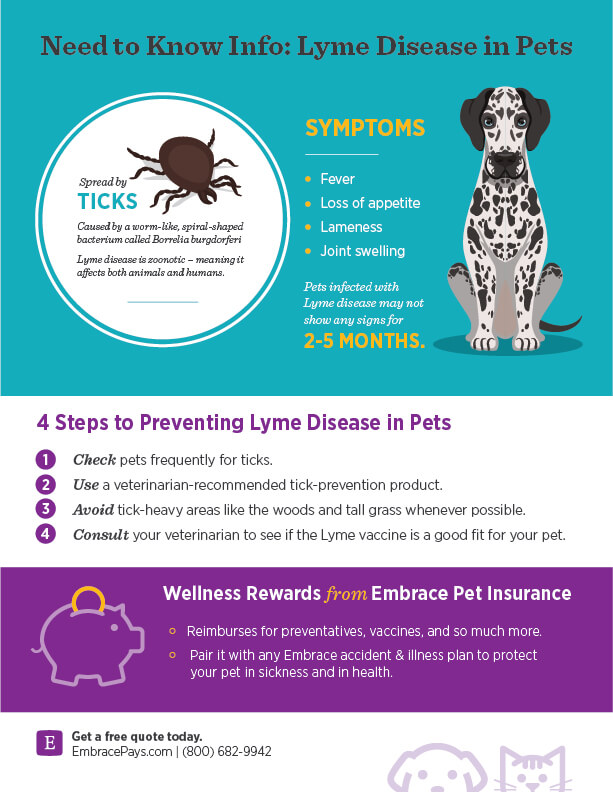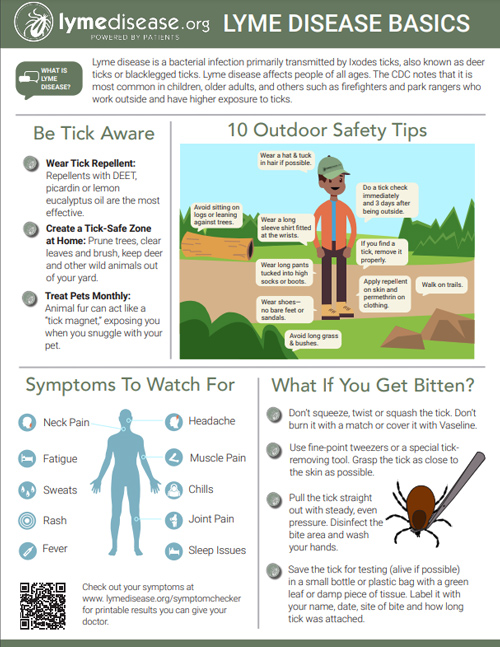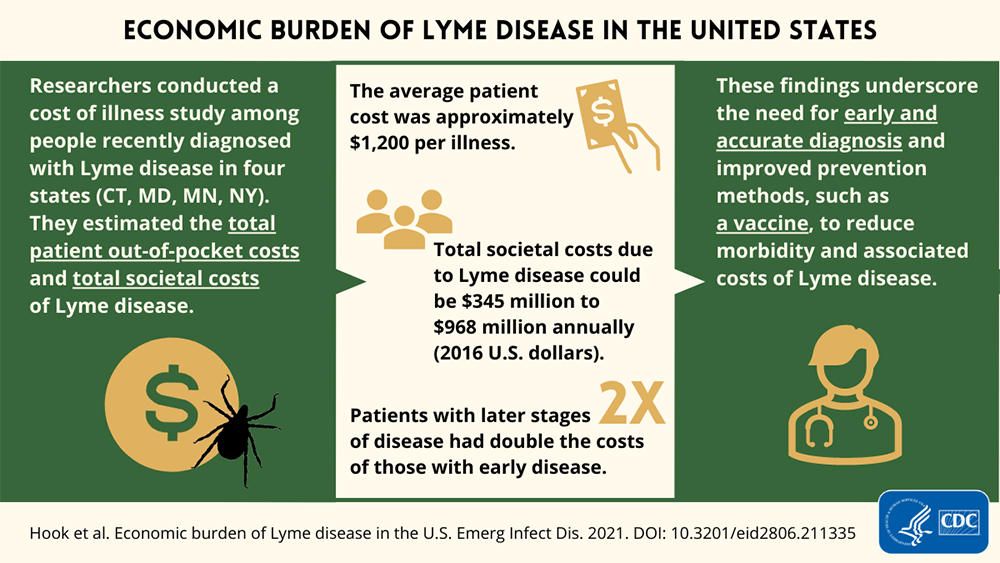Discover the 5 crucial signs of Lyme disease that could save your health and well-being. Don’t miss out on this!
Table of Contents
- Introduction to Lyme Disease
- What Is Lyme Disease?
- How Do You Get Lyme Disease?
- The Early Signs to Look Out For
- How to Keep Ticks Away
- What to Do If You Find A Tick
- Going to the Doctor
- Treatment of Lyme Disease
- Can Lyme Disease Stick Around?
- Remembering the Tips!
- Fun Lyme Disease Facts
- Frequently Asked Questions
Introduction to Lyme Disease
Hey kids, have you ever heard about Lyme disease? It’s a tricky illness that comes from a tiny bug called a tick. Let’s dive into what this disease is all about and how to spot it early!
What Is Lyme Disease?
This section will explain the basics of Lyme disease, where it comes from, and why it’s important to know about it.
The Bug That Causes Trouble
Discover the tiny tick, where it lives, and how it can make people sick with Lyme disease. Lyme disease is an illness that is caused by a little bug called a tick. Ticks are teeny-tiny creatures that live in grassy and wooded areas, just waiting for a chance to grab onto a person or an animal and have a feast. Unfortunately, when a tick bites someone, it can pass along germs that cause Lyme disease.
How Do You Get Lyme Disease?
In this section, we will explore how someone can contract Lyme disease from a tick and why it’s important to take precautions while enjoying the great outdoors.

Image courtesy of www.embracepetinsurance.com via Google Images
Ticks Are Not Your Friends
Ticks are small creatures that live in grassy and wooded areas. When you’re playing outside, these sneaky bugs can latch onto your skin and start feeding on your blood. Ticks are not your friends, and they can spread illnesses like Lyme disease, so it’s essential to be vigilant and take steps to avoid them.
The Early Signs to Look Out For
In this section, we’ll talk about the early warning signs that mean a tick may have bitten you.
Red Flags After a Tick Hug
When you’ve been playing outside and notice a rash or fever, it could be a sign that a tick has given you a big hug, and not the friendly kind. These red flags are like your body’s way of saying, “Hey, something’s not right here!”
It’s crucial to pay attention to these symptoms because catching Lyme disease early on can help you get the right treatment faster. Remember, the sooner you spot these signs, the sooner you can kick those tick troubles to the curb!
How to Keep Ticks Away
Imagine putting on your invisible armor to battle against ticks! Wearing the right clothes can help you stay safe from these troublesome bugs. When you’re heading outdoors, make sure to wear long sleeves and pants to cover up your skin. Ticks love to latch onto exposed skin, so by covering up, you’re making it harder for them to sneak up on you. Also, don’t forget to wear a hat and closed-toe shoes to protect your head and feet from potential tick encounters. It’s like suiting up in your best tick-fighting gear!

Image courtesy of www.lymedisease.org via Google Images
What to Do If You Find A Tick
Hey there, if you ever come across a tick hitching a ride on your skin, don’t panic! Here’s what you should do:
Removing an Unwanted Passenger
First things first, get a grown-up to help you carefully remove the tick. Use fine-tipped tweezers and grip the tick as close to your skin as possible. Slowly pull upward with steady pressure, making sure not to twist or jerk the tick. Once it’s out, clean the bite area with soap and water or rubbing alcohol.
Going to the Doctor
Even if you’re feeling brave, see how visiting a doctor could be the smartest move if you’re worried about a tick bite.

Image courtesy of www.franciscanhealth.org via Google Images
Sharing Your Adventure with the Doctor
When you go to the doctor, they will ask you about your outdoor fun. They might want to know if you noticed any symptoms like a rash or fever after playing outside. Don’t worry, doctors are experts at figuring out if a tick caused you any trouble.
Treatment of Lyme Disease
If a tick did give you Lyme disease, there’s no need to worry! Find out what treatments can help you feel better fast.
Getting Rid of the Lyme Meanies
When you visit the doctor and they confirm you have Lyme disease, they might give you special medicines to take. These medicines are like superheroes that fight the germ that makes you sick. By taking these medicines exactly as your doctor tells you, you can help your body kick out the Lyme disease germs.
Can Lyme Disease Stick Around?
Sometimes, Lyme disease can be a tricky bug to get rid of completely. Even after you’ve been treated for it, there’s a chance it might stick around longer than expected. Let’s explore what chronic Lyme disease is all about.
| Tips | Description |
|---|---|
| 1. Know the symptoms | Learn about the common symptoms of Lyme disease, such as rash, fever, chills, fatigue, and muscle aches. |
| 2. Check for ticks regularly | Perform frequent tick checks after spending time outdoors, especially in wooded or grassy areas. |
| 3. Use insect repellent | Apply insect repellent containing DEET to repel ticks and reduce the risk of Lyme disease. |
| 4. Seek medical attention | If you suspect you may have been bitten by a tick or are experiencing symptoms, seek medical advice promptly. |
| 5. Be proactive | Take preventive measures such as wearing long sleeves and pants, showering after outdoor activities, and treating pets for ticks. |

Image courtesy of www.iceagetrail.org via Google Images
When Lyme Doesn’t Say Bye
Chronic Lyme disease, also known as post-treatment Lyme disease syndrome, happens when some symptoms of Lyme disease continue even after the initial treatment. This can cause fatigue, joint pain, and difficulty concentrating. It’s like the sneaky tick left a little surprise behind!
Although doctors are still learning about chronic Lyme disease, it’s essential to keep an eye out for any lingering symptoms even after you’ve been treated for Lyme disease. If you still feel unwell, make sure to talk to your doctor.
Remembering the Tips!
Before we finish our journey, let’s recap all the cool stuff we learned about Lyme disease and how to catch it before it catches you!
Spotting Lyme Disease Early
Lyme disease can start with a simple tick bite, so always be on the lookout for symptoms like fever, rash, and fatigue to catch it early.
Avoiding Tick Encounters
Remember to wear long sleeves and pants when you’re out in nature to keep those pesky ticks from latching onto your skin.
Seeing the Doctor
If you ever find a tick on you or start feeling unwell after a tick bite, don’t hesitate to see a doctor. They can help diagnose and treat Lyme disease quickly.
Treatment Options
If you do get diagnosed with Lyme disease, don’t worry! There are medicines that can help kick those Lyme germs out of your body and get you feeling better soon.
By following these tips, you’ll be well-equipped to handle Lyme disease and keep yourself safe from this sneaky illness!
Fun Lyme Disease Facts
Did you know that ticks are not insects but actually belong to the arachnid family, just like spiders? These tiny creatures have eight legs and are expert climbers, making it easy for them to latch onto unsuspecting victims.

Image courtesy of www.cdc.gov via Google Images
Tick Tock
Ticks are patient little bugs. They can wait on blades of grass or leaves for a host to pass by so they can hop on for a blood meal. Some ticks can survive for up to 3 years without any food – talk about endurance!
Red Alert!
One way ticks can be spotted is through a phenomenon called questing. Ticks will climb blades of grass or shrubs and extend their front legs, waiting for a host to brush by. When they sense warmth or carbon dioxide, they’ll grab on for a ride.
Blood Suckers
Ticks are not only hitchhikers but also bloodsuckers. Once they find a warm body to latch onto, they can feed on blood for several days. In fact, a female tick can consume up to 100 times its body weight in blood!
Frequently Asked Questions
Do all ticks give you Lyme disease?
Not all ticks give you Lyme disease, only certain types can make you sick. The little critters you have to be careful about are called blacklegged ticks, also known as deer ticks. So, if you ever spot one of these, make sure to stay away and tell an adult right away!
How long does it take to get better from Lyme disease?
If you catch it early and visit the doctor, you can start feeling better pretty quickly. Doctors can give you special medicines that help kick those Lyme disease germs out of your body. Sometimes you might need to take the medicines for a few weeks, but before you know it, you’ll be back to your playful self in no time!





